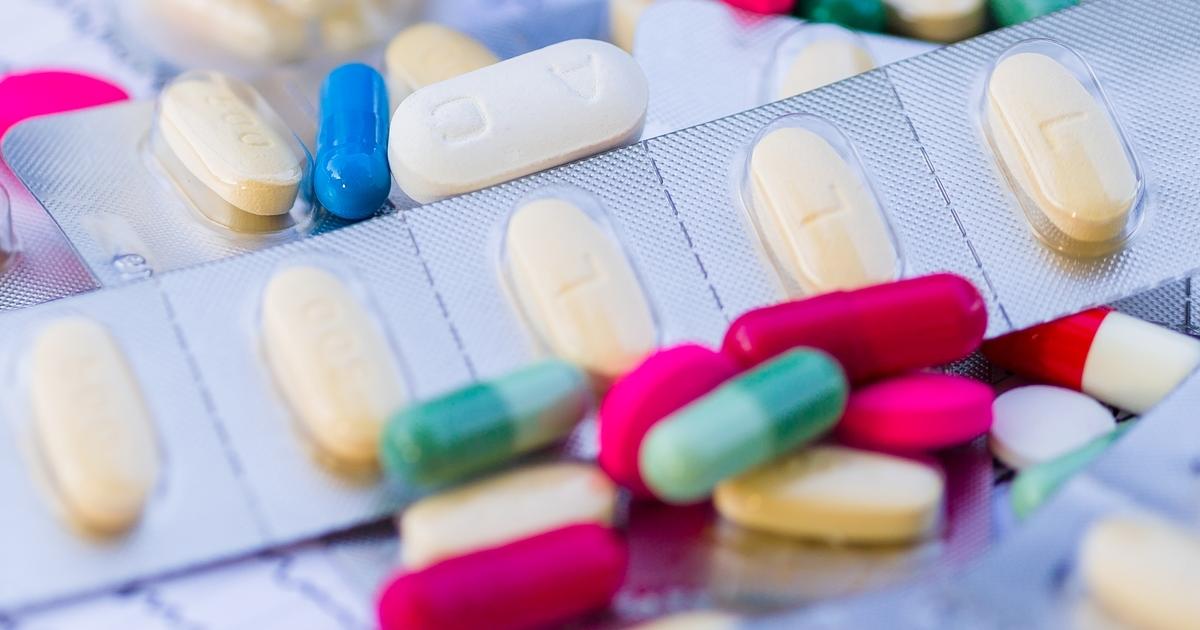Guide To Diagnosing And Treating Gastritis
Gastritis is a condition where an individual experiences inflammation in the stomach lining responsible for protecting the stomach tissues from being eroded by its acidic contents. An acute case of gastritis is inflammation that comes on suddenly and severely, where a chronic case of gastritis is inflammation that is ongoing for years. Gastritis occurs when digestive juices find a weakness in the lining of the stomach, allowing them to penetrate it and cause inflammation. An individual who contracts a Helicobacter pylori infection can also develop gastritis. Extreme alcohol consumption, tobacco use, thinning of the stomach lining due to age, and routine use of nonsteroidal anti-inflammatory drugs can all cause gastritis. Symptoms of gastritis may include vomiting, nausea, a sensation of fullness, indigestion, bloody vomit, and bloody stool.
Learn how gastritis is diagnosed and treated now.
Endoscopy

An individual affected by gastritis may need to undergo an upper endoscopy procedure to properly diagnose their condition. An endoscopy is a noninvasive, nonsurgical procedure used to evaluate the digestive tract. It is performed with the use of a specialized tool referred to as an endoscope, which is a flexible tube equipped with a camera and light on the end of it. The camera transmits real-time video of the inside of the patient's esophagus and stomach to a high definition monitor so the doctor can evaluate the condition of the organs. The physician can also use the endoscope to remove a small piece of tissue from the stomach lining that can be sent to a laboratory for further analysis. The characteristic microscopic findings in granulomatous gastritis patients include multiple aphthous ulcers, thickened antral folds, mucosal nodularity with cobblestoning, serpiginous or linear ulcerations, duodenal strictures, and hypoperistalsis. Microscopic characteristics found in lymphocytic gastritis include apthoid erosions, enlarged folds, and the appearance of small mounds with a crater in the center.
Uncover more diagnostic procedures used for gastritis now.
Upper Gastrointestinal Series Test

An individual who is suspected of having gastritis may need to undergo an upper gastrointestinal series test to help determine the underlying cause of their symptoms. The upper gastrointestinal series test is a radiographic diagnostic test that uses x-rays and a liquid suspension fluid to evaluate the duodenum, stomach, and esophagus. The liquid suspension is consumed by the patient having the test and is either a water-soluble contrast or barium. Images of internal bones, organs, and other tissues are made into images with the use of electromagnetic energy beams during an x-ray scan. The beams are passed through the patient's body tissues to plates specialized to produce a negative image. An upper gastrointestinal series test often contains a fluoroscopy study. Fluoroscopy is a procedure where a continuous beam of x-rays are passed through the part of the body the physician is examining and projects to a TV-like monitor. This allows the physician to see an x-ray video of the body parts while they are in motion. This test helps eliminate other possible causes of a patient's symptoms.
Get the details on treating gastritis now.
Antibiotics

A gastritis patient may need to take a course of antibiotics as part of their treatment plan. When an individual develops gastritis because a certain type of pathogen has invaded the tissues of their stomach lining, the first part of their treatment is to eliminate the causative pathogen from the body. Most cases caused by harmful pathogens are attributed to the Helicobacter pylori bacteria. Infection by the Helicobacter bacteria can cause damage to the mucus-lined barrier in the stomach, causing gastritis. It is thought that Helicobacter pylori bacteria are transmitted from person to person through contaminated water and food. A physician can determine if a patient's gastritis is caused by the Helicobacter pylori bacteria through the use of breath, stool, and blood tests. Once the infection has been confirmed as the underlying cause of gastritis, a combination of antibiotics is used to kill the bacteria. The medications most commonly used in the treatment of gastritis are clarithromycin, amoxicillin, and metronidazole.
Continue reading to learn more about how to treat gastritis now.
Proton Pump Inhibitors

A gastritis patient may need to take proton pump inhibitors as part of their treatment plan. Proton pump inhibitors are medications that affect the way the parietal cells produce acid in an individual's stomach. An individual's gastric acid secretory cells have apical secretory membranes that contain proton or acid pumps. The proton pump inhibitors stop these pumps in the membranes from working, reducing the amount of acid produced in the stomach. Out of all the gastric acid-reducing medications used for individuals affected by gastritis, proton pump inhibitors are the strongest. Proton pump inhibitors are used when other treatments have been ineffective at treating a patient's gastritis. Proton pump inhibitors can be purchased over-the-counter or may be given by prescription. Common proton pump inhibitors used to treat gastritis include lansoprazole, dexlansoprazole, omeprazole, rabeprazole, esomeprazole, and pantoprazole.
Reveal more ways to treat gastritis now.
Antacids

Patients may need to use antacids as part of their gastritis treatment to help alleviate the symptoms they are experiencing. An antacid is a type of medication that works to neutralize the acid in an individual's stomach. Antacids do not work the same as other acid-reducing medications like proton pump inhibitors and H2 receptor blockers. While these other types of medications work to decrease or prevent the secretion of stomach acid, antacids work by neutralizing stomach acid that has already been produced. Antacids are helpful for gastritis because they are not as potent as proton pump inhibitors and can be taken long-term without the adverse side effects of other medications. Antacids can be taken as needed multiple times a day or after a meal if an individual starts to experience symptoms. Antacids come in the form of a chewable tablet, gummies, liquid, and a tablet that can be dissolved in water.
